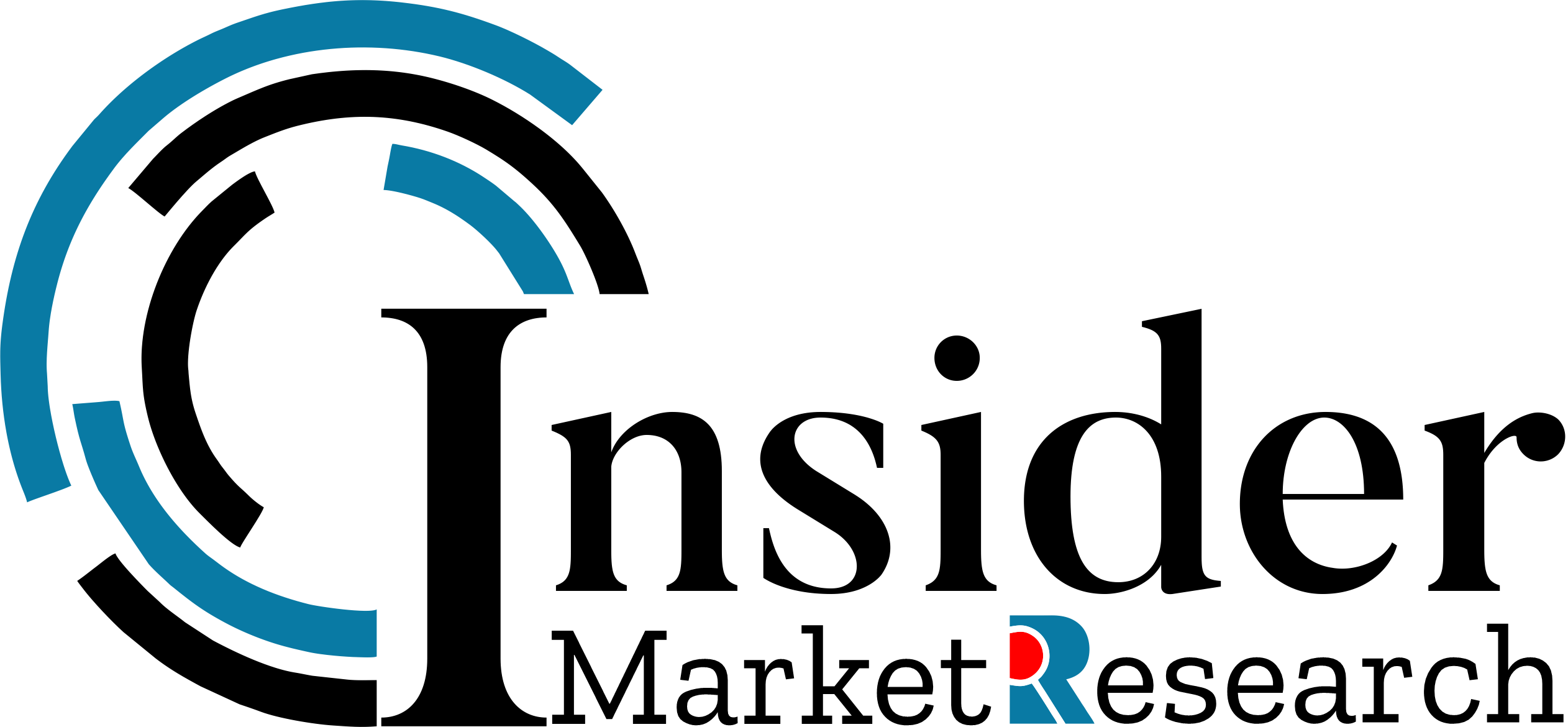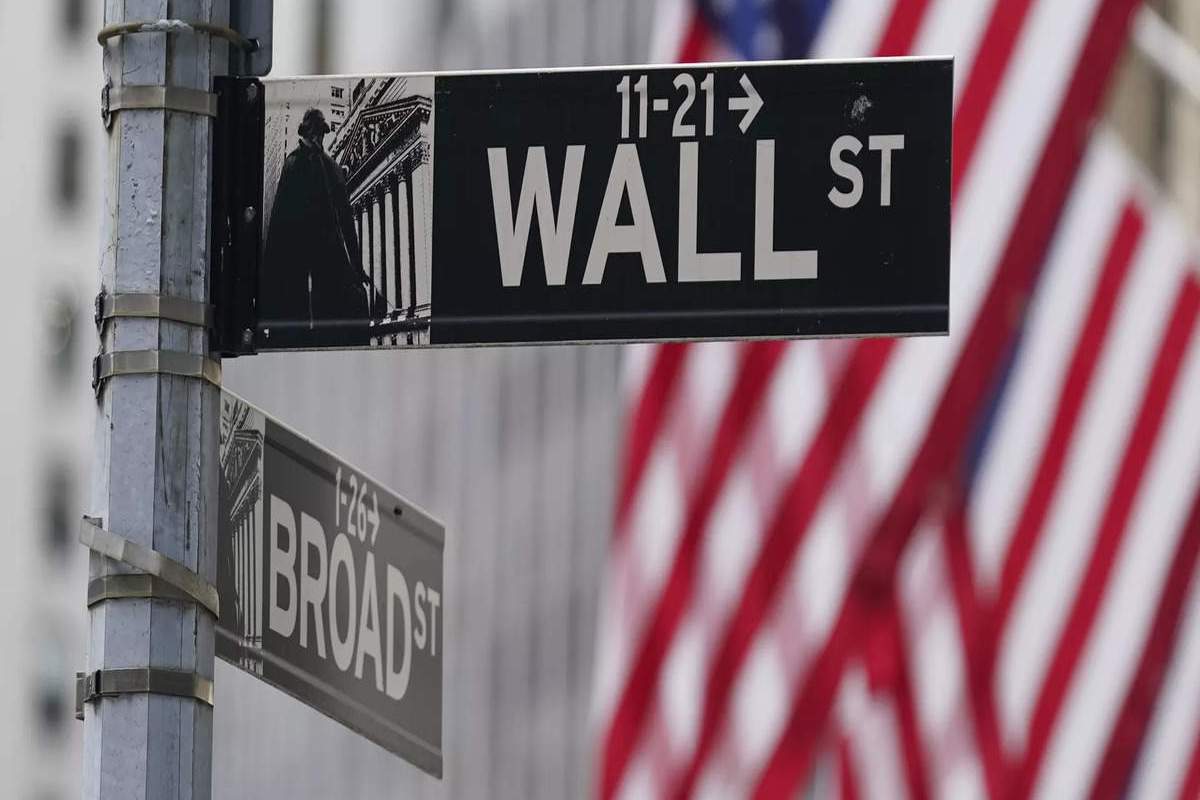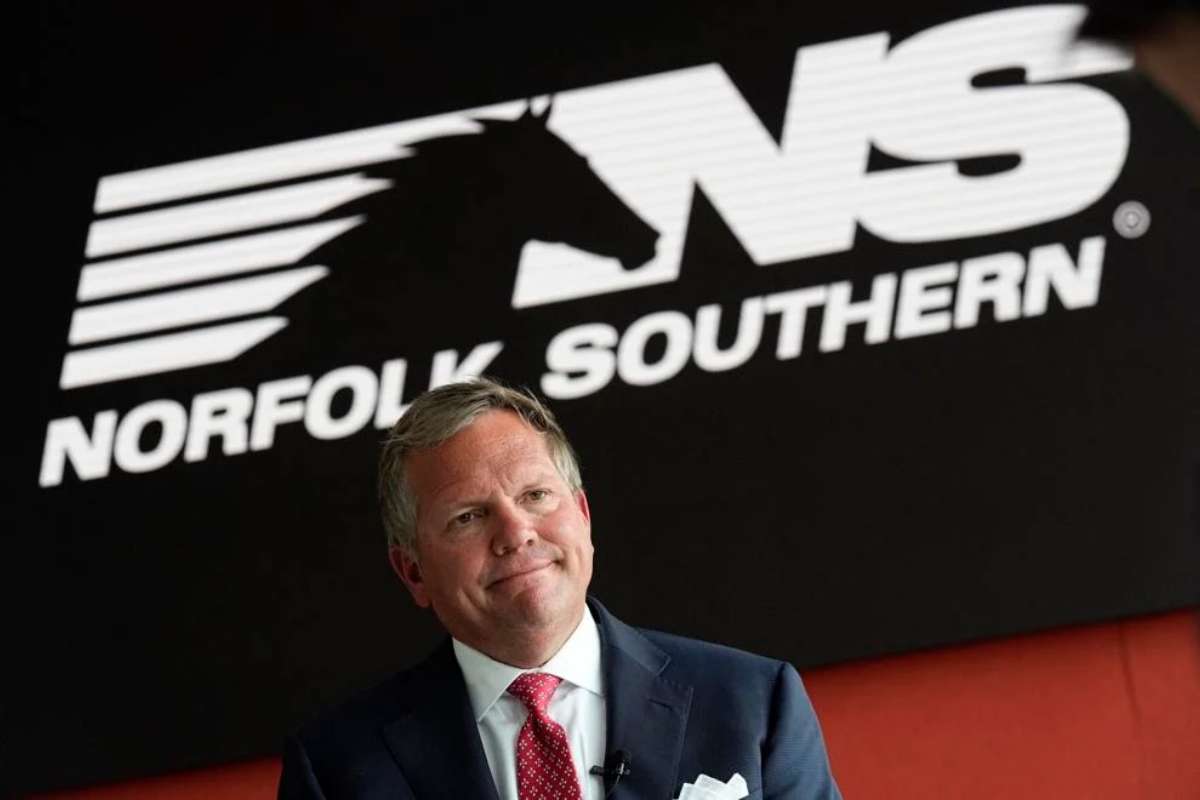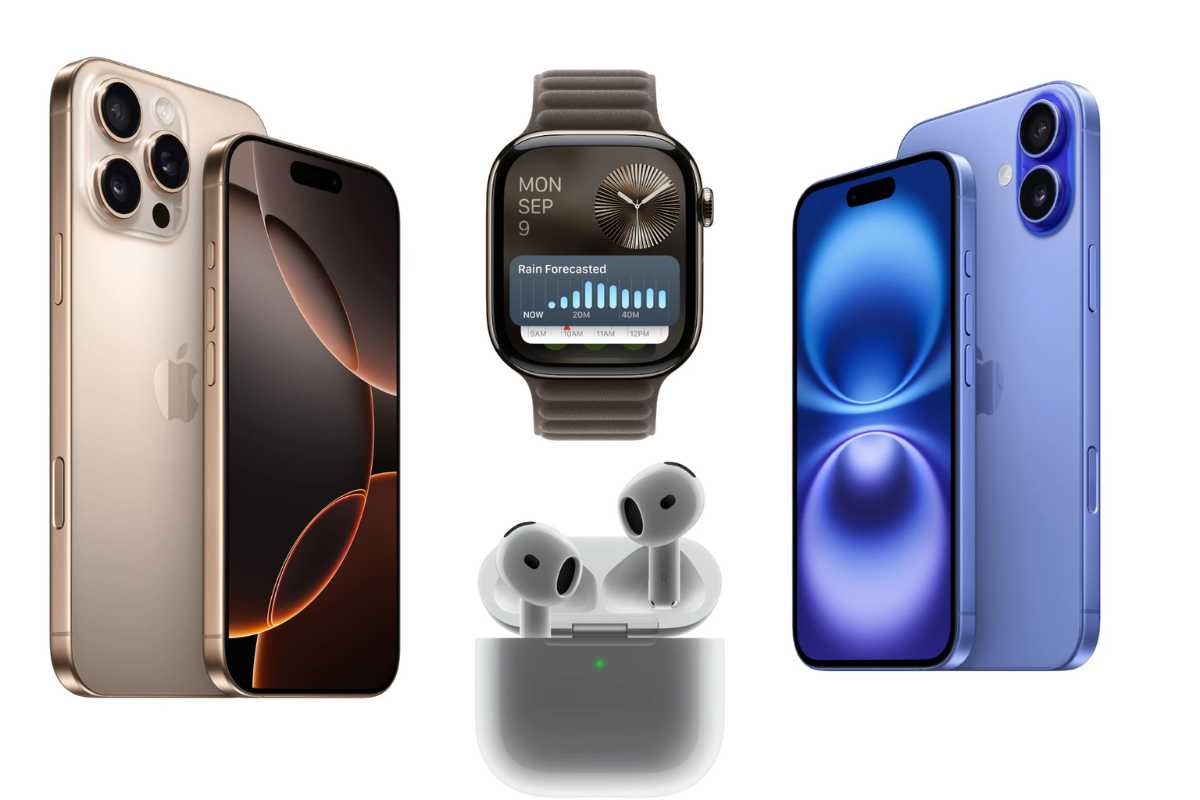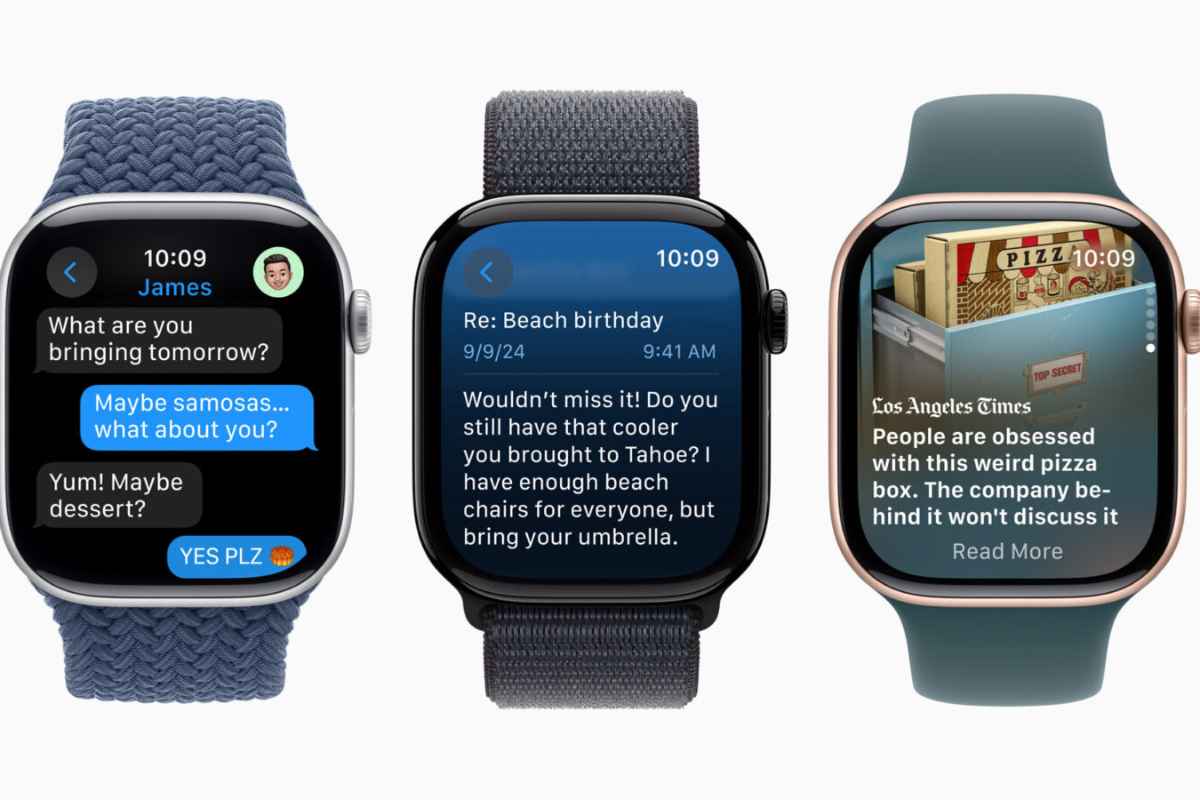(Source – Mint)
The personal consumption expenditures (PCE) price index, excluding volatile food and energy costs, saw a modest increase of 0.2% in April and a 2.8% rise from the previous year, according to data released Friday by the Commerce Department. This measure of inflation, which is closely monitored by the Federal Reserve, is aligned with the expectations set by Dow Jones estimates.
Core and Headline PCE Trends
The core PCE index, which strips out food and energy prices, rose 0.2% in April, consistent with forecasts. Annually, the core PCE increased by 2.8%, slightly higher than the anticipated 2.7%. When including food and energy prices, the headline PCE inflation matched predictions, showing a 0.3% monthly rise and a 2.7% annual increase.
The PCE index is preferred by Fed officials over the consumer price index (CPI) as it accounts for changes in consumer behavior, such as opting for less expensive alternatives, and provides a broader scope of data. “The core index came in at 2.8%. That’s fine, but it’s been trading in a range for five months now, and that’s pretty sticky to me,” commented Dan North, senior economist for North America at Allianz Trade. He added, “If I’m [Fed Chair Jerome] Powell, I’d like to see that start moving down, and it’s barely creeping. … I’m not reaching for the Pepto yet, but I’m not feeling great. This is not what you want to see.”
Energy prices rose by 1.2%, contributing to the headline increase, while food prices saw a slight decline of 0.2%. Prices for goods rose by 0.2%, and services increased by 0.3%, indicating a normalization trend in an economy driven largely by services and consumption.
Income, Spending, and Market Reactions on April Inflation Data
Alongside the inflation data, the report included figures on personal income and spending. Personal income rose by 0.3% in April, in line with expectations, while spending increased by 0.2%, falling short of the predicted 0.4% and down from March’s revised 0.7%. When adjusted for inflation, consumer spending actually showed a 0.1% decline, influenced by a 0.4% drop in spending on goods and a modest 0.1% rise in services expenditures.
The market response to the release was cautiously optimistic. Futures tied to major stock indices rose, while Treasury yields fell. “The PCE Price Index didn’t show much progress on inflation, but it didn’t show any backsliding, either. Based on the initial reaction in stock index futures, the market will see it mostly as a positive,” said Chris Larkin, managing director of trading and investing for E-Trade from Morgan Stanley.
Larkin advised patience, noting that the Federal Reserve has indicated it will need more than a single month of favorable data to confirm a reliable downward trend in inflation. Therefore, expectations for a rate cut remain muted, with no significant change anticipated before September at the earliest.
Federal Reserve officials have been cautious in their approach due to persistent inflation pressures. New York Fed President John Williams recently expressed confidence that inflation will continue to decline, but he noted that prices are still too high and more progress is needed to achieve the Fed’s 2% annual target.
Market pricing as of Friday morning suggests that the first-rate cut might not occur until November, around the time of the presidential election. This cautious outlook reflects ongoing uncertainty and the need for sustained progress in reducing inflation before the Fed considers easing its monetary policy.
